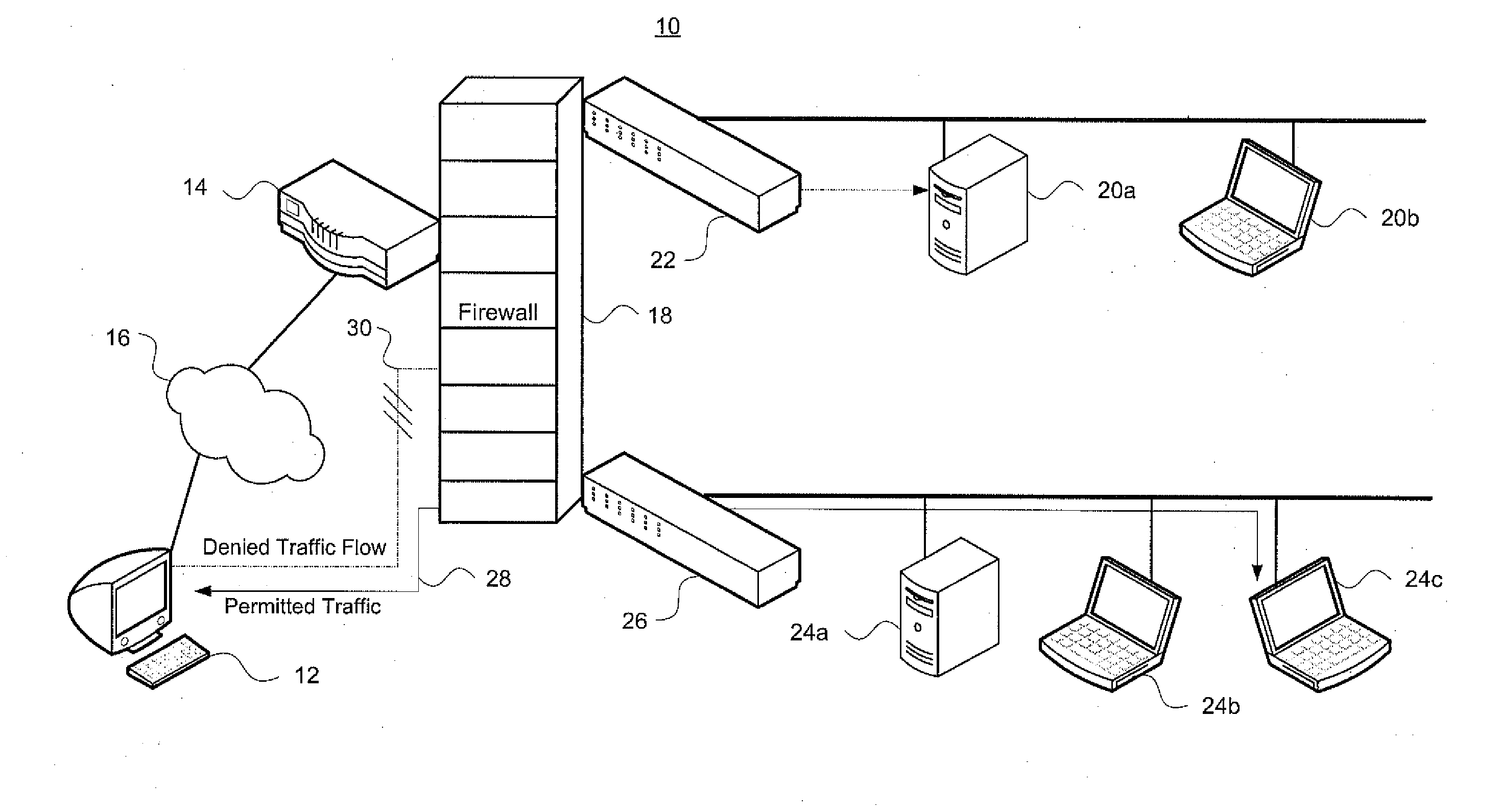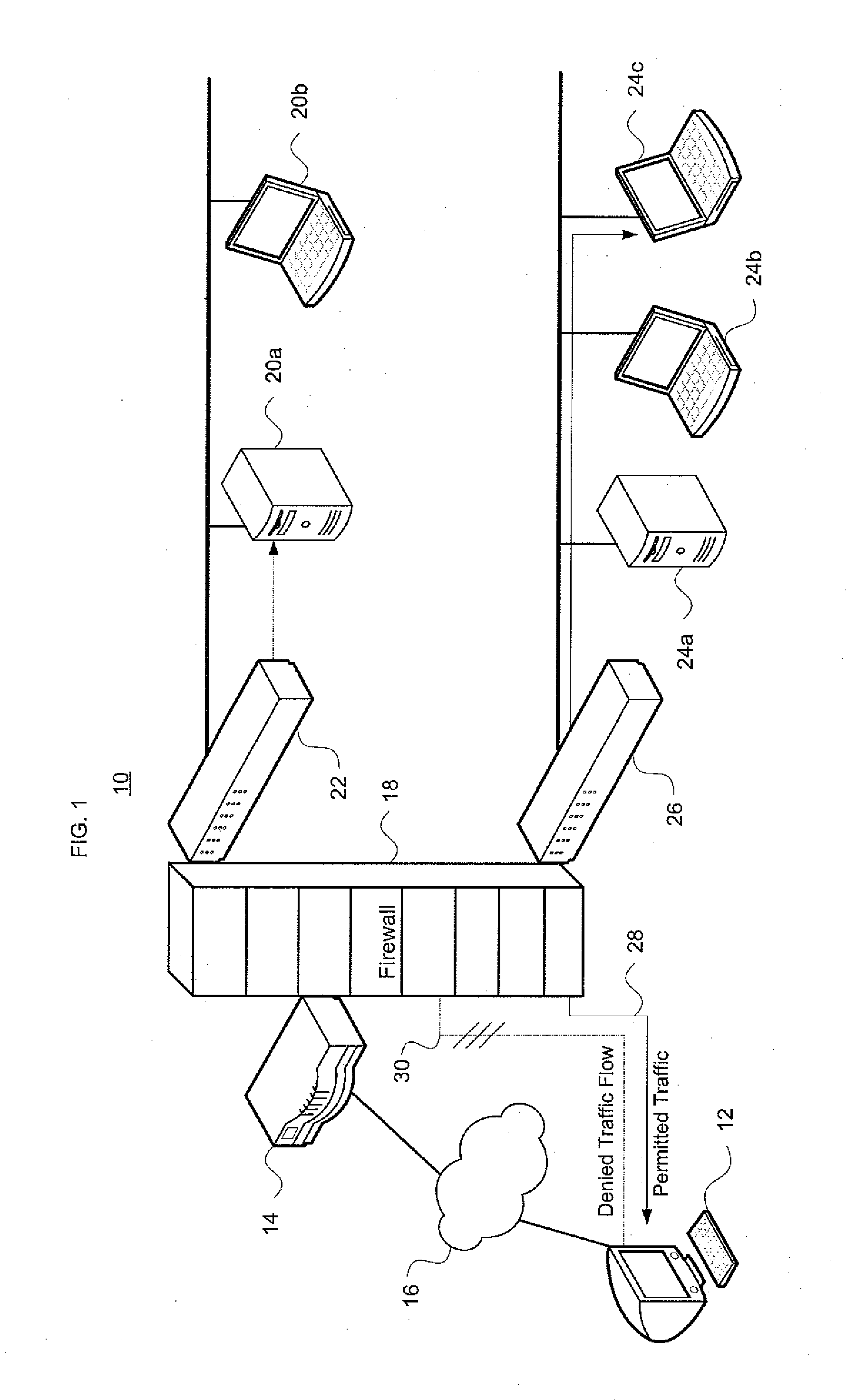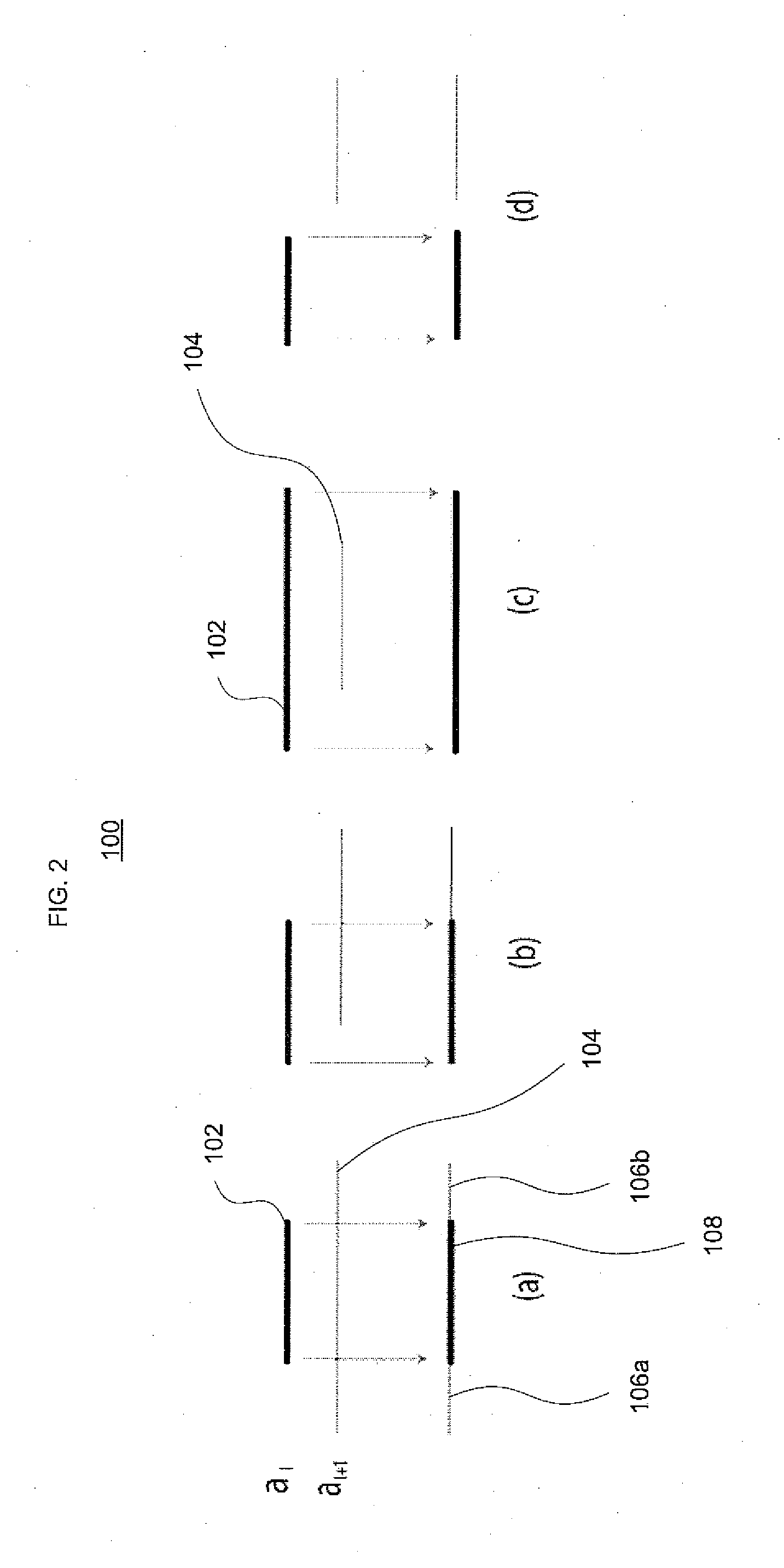Redundancy detection and resolution and partial order dependency quantification in access control lists
a technology of access control lists and redundancy detection, applied in the direction of program control, instruments, computer security arrangements, etc., can solve the problems of affecting security compliance analysis, affecting the maintenance affecting the security of access control lists,
- Summary
- Abstract
- Description
- Claims
- Application Information
AI Technical Summary
Benefits of technology
Problems solved by technology
Method used
Image
Examples
Embodiment Construction
[0051]Aspects, features and advantages of the invention will be appreciated when considered with reference to the following description of preferred embodiments and accompanying figures. The same reference numbers in different drawings may identify the same or similar elements. Furthermore, the following description is not limiting; the scope of the scope of the invention is defined by the appended claims and equivalents.
[0052]One aspect of the invention identifies an order-free equivalent for an order-dependent ACL. As used herein, the term “ordering” is generic, and is applicable to both the first-matching rule in commonly-used ACLs as well as priority-based ACLs. A theoretical framework has been developed that allows one to construct an order-free equivalent by recursively gluing together the projected results on each involved dimension, thereby overcoming inherent dimension-induced difficulty in ACL problems. This framework lays a basis for solving some fundamental key problems ...
PUM
 Login to View More
Login to View More Abstract
Description
Claims
Application Information
 Login to View More
Login to View More - R&D
- Intellectual Property
- Life Sciences
- Materials
- Tech Scout
- Unparalleled Data Quality
- Higher Quality Content
- 60% Fewer Hallucinations
Browse by: Latest US Patents, China's latest patents, Technical Efficacy Thesaurus, Application Domain, Technology Topic, Popular Technical Reports.
© 2025 PatSnap. All rights reserved.Legal|Privacy policy|Modern Slavery Act Transparency Statement|Sitemap|About US| Contact US: help@patsnap.com



